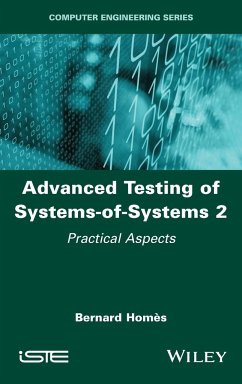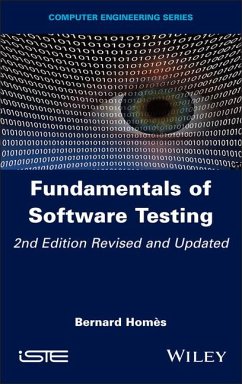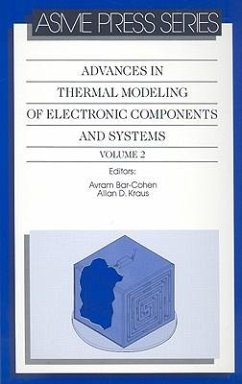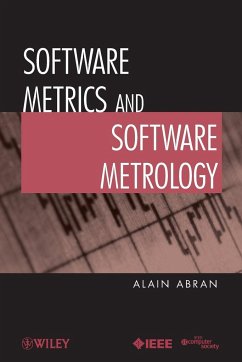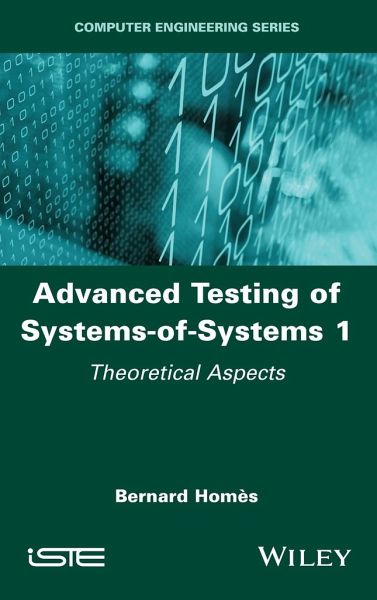
Advanced Testing of Systems-Of-Systems, Volume 1
Theoretical Aspects
Versandkostenfrei!
Versandfertig in über 4 Wochen
147,99 €
inkl. MwSt.
Weitere Ausgaben:

PAYBACK Punkte
74 °P sammeln!
As a society today, we are so dependent on systems-of-systems that any malfunction has devastating consequences, both human and financial. Their technical design, functional complexity and numerous interfaces justify a significant investment in testing in order to limit anomalies and malfunctions. Based on more than 40 years of practice in the development and testing of systems, including safety-critical systems, this book discusses development models, testing methodologies and techniques, and identifies their advantages and disadvantages. Pragmatic and clear, this book displays many examples ...
As a society today, we are so dependent on systems-of-systems that any malfunction has devastating consequences, both human and financial. Their technical design, functional complexity and numerous interfaces justify a significant investment in testing in order to limit anomalies and malfunctions. Based on more than 40 years of practice in the development and testing of systems, including safety-critical systems, this book discusses development models, testing methodologies and techniques, and identifies their advantages and disadvantages. Pragmatic and clear, this book displays many examples and references that will help you improve the quality of your systemsof-systems efficiently and effectively and lead you to identify the impact of upstream decisions and their consequences. Advanced Testing of Systems-of-Systems 1 is complemented by a second volume dealing with the practical implementation and use of the techniques and methodologies proposed here.





